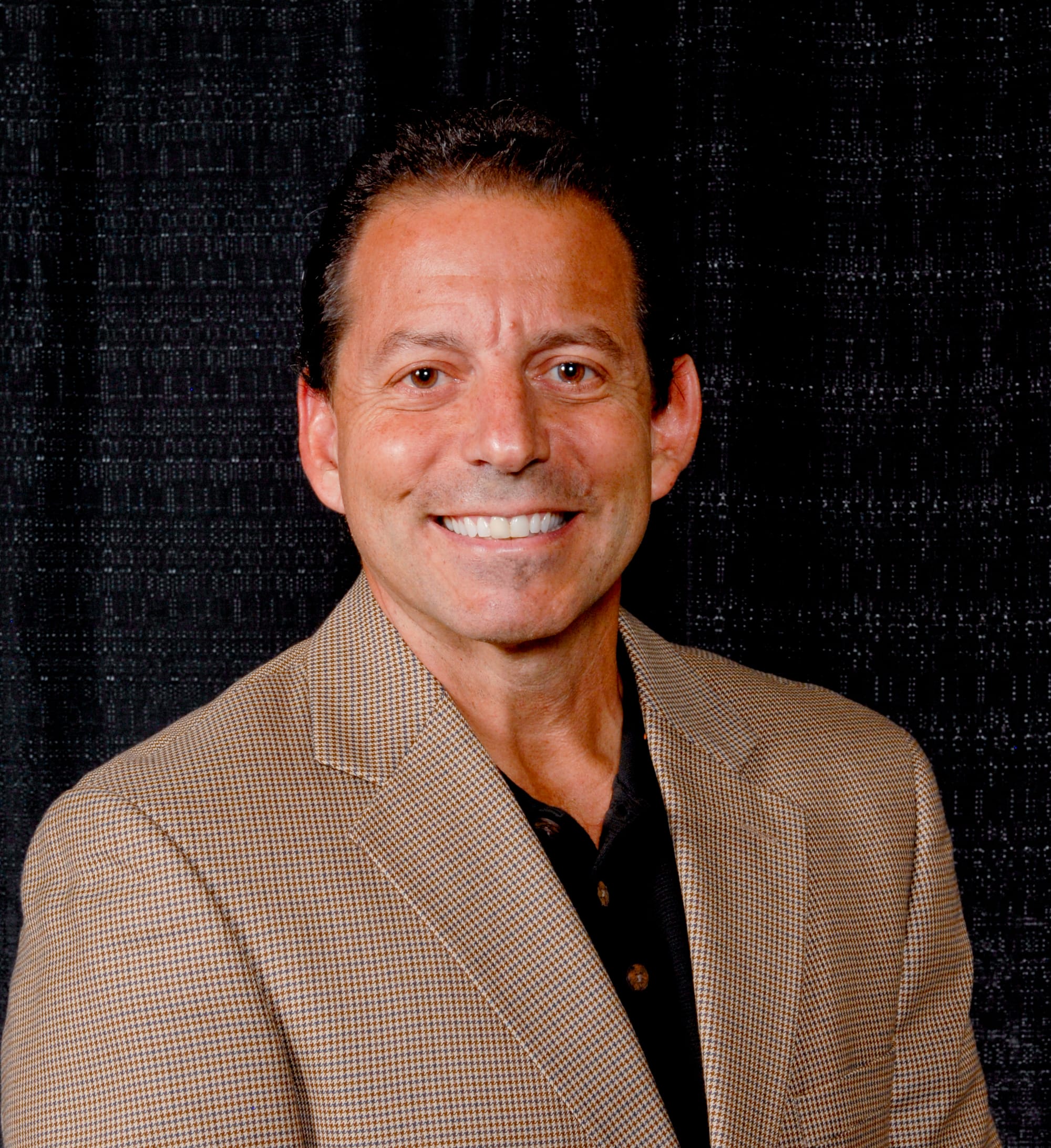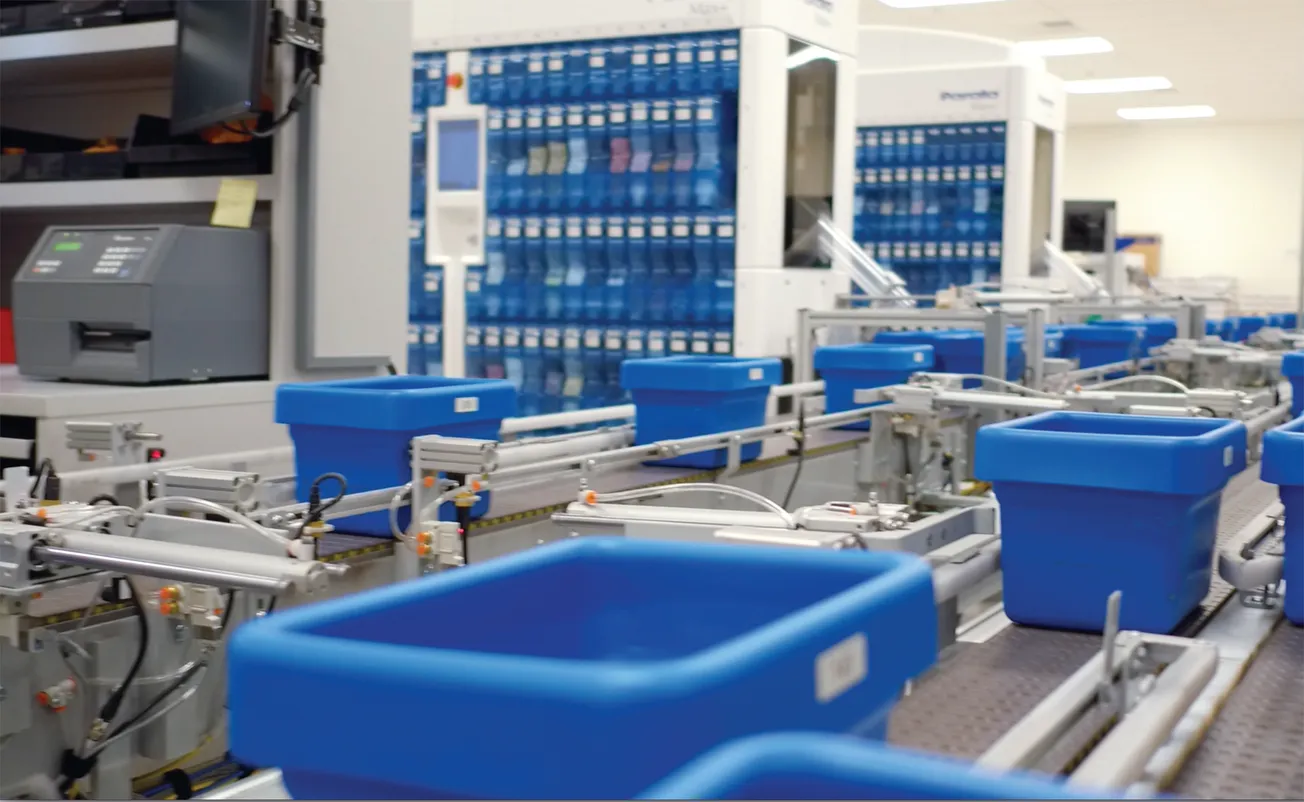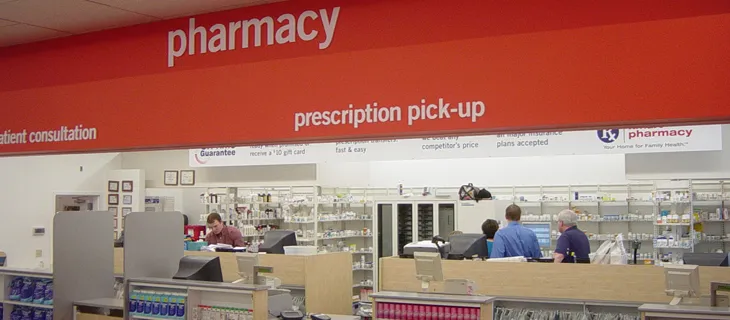An aging population, rising drug costs, DIR fees, value-based insurance plans, disruptive new market players and new specialty drugs are just a few of the rapidly evolving trends that continue to put pressure on the industry and pull pharmacy staff in directions that take time away from consultative patient care. Through all the change, the one constant is the need to fill and dispense medications. But how can you continue meeting increased demand while still giving your patients the attention they deserve? The answer could be automation, specifically a closed-door central pharmacy that allows for the filling process to be done behind the scenes and the prescriptions to be delivered back to the pharmacy or directly to the patient’s home.

Joe Tammaro
Central fill systems are highly automated, so the labor costs are reduced, and with 99.99% accuracy, patient safety is increased. The technology takes over many of the repetitive manual tasks of the filling process, which frees up the pharmacists, technicians and other pharmacy staff to spend more time with patients. And sometimes overlooked benefits like lower inventory carrying costs, faster fill times and the ability to scale as your business grows make central fill almost a no-brainer for pharmacies with moderate-to-high script volumes.
There needs to be a highly consultative approach when moving to an automated central fill system. The process starts with strategy planning sessions, before any hardware or software is installed, to analyze things like prescription volume and future growth plans, and to work through any potential regulatory compliance issues.
The machinery and technology are the easy parts. When McKesson High Volume Solutions begins the process of designing a system, it’s the integration of the interconnected robotics, logistics, inventory management and new store-side processes that make for a successful installation. The software is specifically designed to tie everything together, so pharmacies can fill prescriptions through their central fill facility and not give it a second thought. Once the prescription is entered on the front end, the software helps determine the best route through the system to ensure it is filled in the most efficient way possible. The time and cost savings come from the unique combination of dispensing automation, conveyors, capping and verification devices, and software that all interface with the front-end pharmacy management systems.
There are several checks and balances in the system to ensure that the right product and quantity are dispensed. These include a camera, scales that weigh each container, RFID technology that ensures the prescription is routed to the correct canister, and locking and barcode scanning capabilities for added security. Special handling procedures are also incorporated.
McKesson’s initial discovery process helps the pharmacy identify its exact requirements to ensure the right mix of components, processes and procedures are designed into the system from the beginning. Beyond the technology itself, the key to a successful implementation is making sure the system works seamlessly with the pharmacy’s existing workflow and patient experience models. It makes for a much easier transition if these considerations are accounted for very early in the design process.
A lot goes in to the decision to build a central fill facility, and cost is certainly one of the largest. Traditional facilities can carry significant up-front costs that need to be absorbed as a capital expense. Past the cost of the actual automation, there are facility and maintenance costs, staffing, and increased inventory costs that add up quickly.
For larger chains or pharmacies with a high script volume, this makes sense as a way to centralize the dispensing process while maintaining complete control of the patient experience. But for smaller pharmacies, or ones considering a central fill facility as a way to grow their business, these up-front costs can be a real barrier.
Newer services, such as McKesson’s central fill as a service, (CFaaS), can be a much more affordable alternative. In the CFaaS model, McKesson maintains ownership of the facility and inventory, only billing the pharmacy a per-script fee once the prescription is actually dispensed. This “pay as you go” structure works because of McKesson’s experience with not only central fill but also the pharmaceutical distribution and inventory management sides of the business.
By eliminating the up-front costs, the advantages of central fill such as enhanced patient safety, operational efficiencies and cost savings can be had without the need to build or staff a new stand-alone facility.
Whether it’s to accommodate 2,000 scripts or 50,000 scripts a day, reliable central fill automation should be done with not only cost savings in mind but also the health and safety of your patients. Yes, it will help improve your operational and financial performance, but when done correctly, it can also help you reduce medication dispensing errors, deliver prescriptions more quickly and free up pharmacy resources to be rededicated to patient care.
Joe Tammaro is vice president of sales at McKesson High Volume Solutions.









